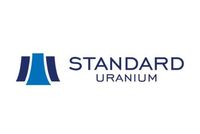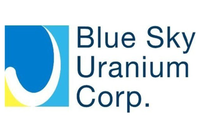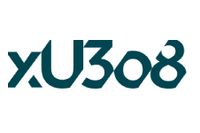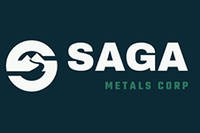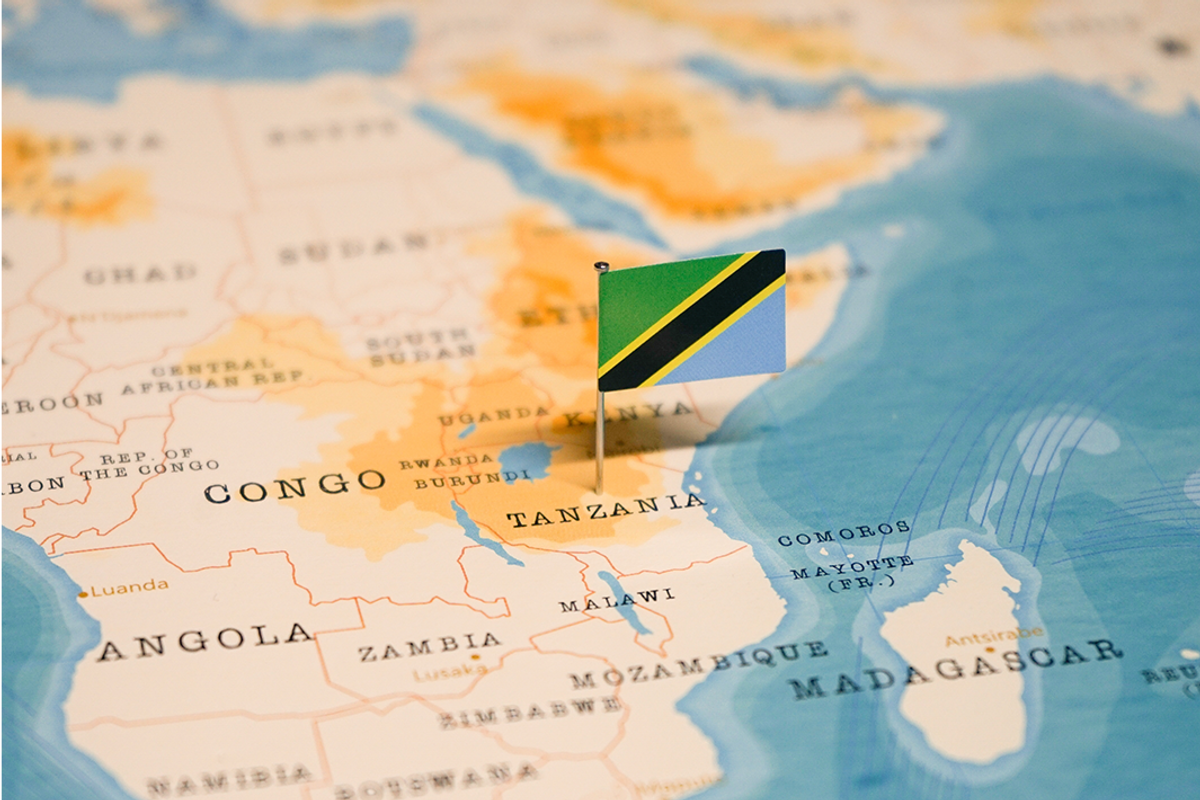
Tanzania is quickly emerging in the spotlight for uranium explorers and miners for its rich geology, skilled labour and mining-friendly government.
Africa has a well-developed uranium-mining industry owing to Namibia — currently the world's third largest producer of the resource behind Kazakhstan and Canada. But Namibia is not the only African country with rich uranium reserves. Tanzania also shows great promise as an emerging uranium jurisdiction.
With its mining-friendly government, skilled and abundant labour and rich geology, Tanzania is emerging in the spotlight as miners and explorers ramp up their search for much-needed global uranium supply. With the uranium market experiencing exponential growth and a continuous upward pricing trend, investors looking to participate may benefit from understanding Tanzania's unique uranium opportunity.
Growing demand
For years, Kazakhstan has been the largest uranium producer in the world, with a 2022 production volume of 21,227 metric tons. Canada, the second largest producer, had a volume of just 7,351 tons in the same period. Given this supply dynamic, any uncertainty or instability in Kazakhstan's production will have a considerable ripple effect on global supply chains.
On January 12, 2024, Kazakhstan's national uranium company Kazatomprom (LSE:KAP,OTC Pink:NATKY) announced it will not be able to meet its production guidance for 2024 and 2025. This news followed a September 2023 announcement from Cameco (TSX:CCO,NYSE:CCJ), the world's second largest uranium producer, of a 3 million pound production shortfall.
"Uranium has now slipped into a structural deficit and is about to get even tighter," research firm Goehring & Rozencwajg wrote in a blog post. "Demand continues to grow, while production is beginning to disappoint."
The global push for sustainable energy is a major driver for increased uranium demand. As more countries pursue carbon neutrality, nuclear energy is experiencing a massive resurgence as governments and energy companies increasingly recognize its role as a low-carbon, sustainable and high-power alternative to natural gas.
Reactors alone are expected to increase uranium demand by 28 percent by 2030, with the uranium market reaching a four year peak this year.
Uranium production has also lagged behind demand since the mid-1980s. In 2022, uranium production topped out at 49,355 tons — only 74 percent of what was required. Historically, we've bridged this shortfall by reprocessing military uranium and tapping civil stockpiles of the resource.
These reserves are not infinite, and long-term reliance on them is not sustainable. Even without the shortages from Kazatomprom and Cameco, there is a pressing need to ramp up global production.
The source of supply is also becoming a vital issue, with governments pushing for a more geopolitically stable and secure global supply. US President Joe Biden just formalized this intent, signing a bill banning Russian uranium imports, set to take effect in August 2024.Tanzania’s value proposition
Tanzania is already widely regarded as one of Africa's lowest-risk mining jurisdictions. It is relatively politically stable, with a well-established mining industry and significant pre-existing infrastructure. Additionally, Tanzania's current president, Samia Suluhu Hassan, has been demonstrably supportive of foreign mining exploration and investments.
Tanzania also hosts significant global reserves of uranium, with Mantra Tanzania's Mkuju River project hosting roughly 58,500 tons of the resource on its own, according to The Assay. The project is situated on the Nyota deposit, one of the largest uranium deposits in the world and the largest in Tanzania. The Assay also reports that significant uranium deposits have also been found in Bahi, Galapo, Minjingu, Mbulu, Simanjiro, Lake Natron, Manyoni, Songea, Tunduru, Madaba and Nachingwea.
Nearly all of these uranium-rich deposits are both underdeveloped and underexplored.
As of August 2023, Tanzania is aggressively pursuing the development of its uranium market, with Minister of Energy Dr. Doto Biteko announcing plans to support the expansion of the country's mining sector in multiple regions.
Tanzania's proximity to multiple key markets will also prove beneficial for mining companies operating within the country, with easy access to Europe, China and North America.
Early movers in uranium exploration
Several uranium-mining and exploration companies have already staked a claim in Tanzania, with the most significant listed below.
Rosatom
Russia's state-sponsored atomic energy corporation Rosatom was among the first companies to establish itself in Tanzania, operating through a subsidiary of the wholly owned Uranium One group, Mantra Tanzania. The company suspended development of its flagship Mkuju River project in 2017 due to low uranium prices. It then launched a trial mining and processing operation in Tanzania this year that will last until 2025.
Gladiator Resources (ASX:GLA)
Gladiator Resources owns multiple highly prospective uranium assets throughout Tanzania, with six exploration licences totaling 1,814 square kilometres. All of its assets are situated in areas that have experienced significant exploration attention and investment in the past. The company has even acquired multiple projects previously owned by Mantra Resources, the flagship being the 725 square kilometre Mkuju project which includes the SWC target and the Likuyu North and Mtonya uranium deposits.
Earlier this month, Gladiator Resources began preparations for a diamond drilling program at its Mkuju project. The program will include initial core drilling at SWC, with the results achieved at that target used to define the drill program's fluidity across the other target areas.
AuKing Mining (ASX:AKN)
An Australian exploration and development company focused on copper, uranium and base metals, AuKing acquired 100 percent interest in six projects in October 2022, five of which are uranium projects. As is the case with Gladiator, the areas have all either been the target of significant historical exploration or display similar geology to historically explored deposits. Mkuju and Manyon/Itigi are the most promising of these.
Investor takeaway
The uranium market is experiencing considerable growth that is expected to continue in the coming years, well beyond the capacity of current production. Given supply issues from two of the largest uranium producers in the world, there is an immediate need to find an alternative source of uranium supply. Tanzania is incredibly promising in that regard, with rich reserves, a mining-friendly legislative climate and a well-established mining industry.
This INNSpired article is sponsored by Gladiator Resources (ASX:GLA). This INNSpired article provides information which was sourced by the Investing News Network (INN) and approved by Gladiator Resources (ASX:GLA) in order to help investors learn more about the company. Gladiator Resources (ASX:GLA) is a client of INN. The company’s campaign fees pay for INN to create and update this INNSpired article.
This INNSpired article was written according to INN editorial standards to educate investors.
INN does not provide investment advice and the information on this profile should not be considered a recommendation to buy or sell any security. INN does not endorse or recommend the business, products, services or securities of any company profiled.
The information contained here is for information purposes only and is not to be construed as an offer or solicitation for the sale or purchase of securities. Readers should conduct their own research for all information publicly available concerning the company. Prior to making any investment decision, it is recommended that readers consult directly with Gladiator Resources (ASX:GLA) and seek advice from a qualified investment advisor.


